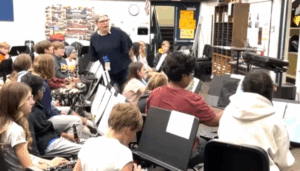
Give clear, concrete directions. Scan for follow-though
Happy Teacher Appreciation Week! Casey Clementson, author of the following post, is a middle school music teacher at Rosemount Middle School in Rosemount, MN.
As part of her work as a Teach Like a Champion Fellow, Casey studied the What to Do Cycle, using its principles and adapting them to the challenges of doubly-complex settings like Concert Band.
Her reflections (below) are so helpful… they’re our Teacher Appreciation Week gift to you!
Meanwhile if you’re interested in learning more about What to Do Directions or other elements of productve and orderly classrooms, join us for our Building Strong Classroom Cultures workshop in Tarrytown, NY, on June 5th and 6th; info here.
And if you are interested in finding our more about becoming a TLAC Fellow, applications for our fourth cohort are open and available here: https://teachlikeachampion.org/teach-like-champion-fellows/ and are due by May 30, 2025.
Meanwhile, here are Casey’s insights:
The Concert Band or Orchestra is a complex environment. Not only are students responsible for their personal materials needed for learning, they are also in charge of a musical instrument (one that costs hundreds of dollars). In my subject area – Concert Band – there could be over ten different types of musical instruments being used among the students, up to four different key signatures, and two different clefs used for reading music notation. To top it off, most percussionists are required to perform musical tasks completely independent but at the same time as the other students in the ensemble!
Self-regulation and self-discipline from the students is essential to making this type of classroom shine. The best Instrumental Music teachers know how to harness these challenges to shape the attention of their student musicians to keep everyone learning and helping every student become an independent musician.
During my time as a TLAC Fellow, I tried on many techniques to see how they fit in a class where nobody sits at a desk to learn. The technique that I fell in love with most was the What to Do Cycle. The What to Do Cycle is a sequence of moves that provides students clarity so they can experience success and belonging in the classroom.
See Casey use the What to Do Cycle here:
Here are a few things I learned during this process:
What To Do Cycles take planning, practice, and refinement.
There is a potency in consciously naming a What to Do Cycle. Teachers may say they are giving clear instructions when they are really not. Teachers may assume the students will magically do what is asked of them no matter what. I was this teacher.
For example, I have been teaching out of the same rhythm workbook for years. This year, I carefully craft my explanations, my examples, and my directions each day we have a rhythm lesson. I learned to change the register and tempo of my voice to make the ask exciting, or magical, or to harness middle school energy into concentration.
Sometimes Be Seen Looking and Correct When Necessary are the most important part of the What to Do Cycle.
A What to Do Cycle is more than just giving clear concise directions. By using Be Seen Looking and some positive narration: “The flute section has really got their pencils moving” or using an Anonymous Individual Correction such as, “Waiting for two saxophones to get their Scale sheet out,” while circulating the room is effective.
One of the greatest benefits has been the use of Private Individual Correction. Anything from softly saying “Check you counts in measure 1” to “Do you have something in your mouth that needs to go in the garbage?” to the more urgent “I need you to turn your body to the front and participate” allows students to feel safe while they practice the expectations of the task at hand or of the classroom in general.
Purpose not Power.
One of my most impactful take-aways from a training of the What to Do cycle was the phrase “Purpose not Power.” In my 26 years of teaching, I certainly remember many instances of power struggles between me and a student. Being able to reframe my thinking that everything I do to guide behavior and culture is for the service of learning music versus trying to control young people has resulted in powerful outcomes:
- Our rehearsals are calmer.
- My emotional constancy has been easier to maintain.
- Our students are visibly and audibly improving at a rate we have not seen since pre-pandemic.
My “thank yous” and smiles to students have been more genuine than ever after a Be Seen Looking, an Anonymous Individual Correction, or in celebration of a job well-done.
The purpose of the TLAC Fellows program is a two-way street: The TLAC team learns from the Fellows and receives a ton of great video from us to work with. And, in return, I was inspired to improve my craft, thus reigniting my love of teaching.
Post script 1: Since adopting the use of strong WTD cycles, Cold Call has become a natural extension/part of our classroom (even without a roll out). After a Be Seen Looking and making eye contact with multiple students, I can engage in successful Cold Calls, but that’s for another blog post.
Post script 2: Our school is a 1:1 iPad school. After reading the book The Anxious Generation by Jonathan Haidt over the summer, my colleague and I decided the Band Area would be an iPad-free zone. Students turn their iPad in at the beginning of class and don’t pick it up until the bell rings. For 52 minutes, our musicians get to engage in something truly collective – learning music together – without the distraction of gaming, doing work for another class, or communicating with peers online. Could this be another factor in a successful classroom this year? Probably, yes!
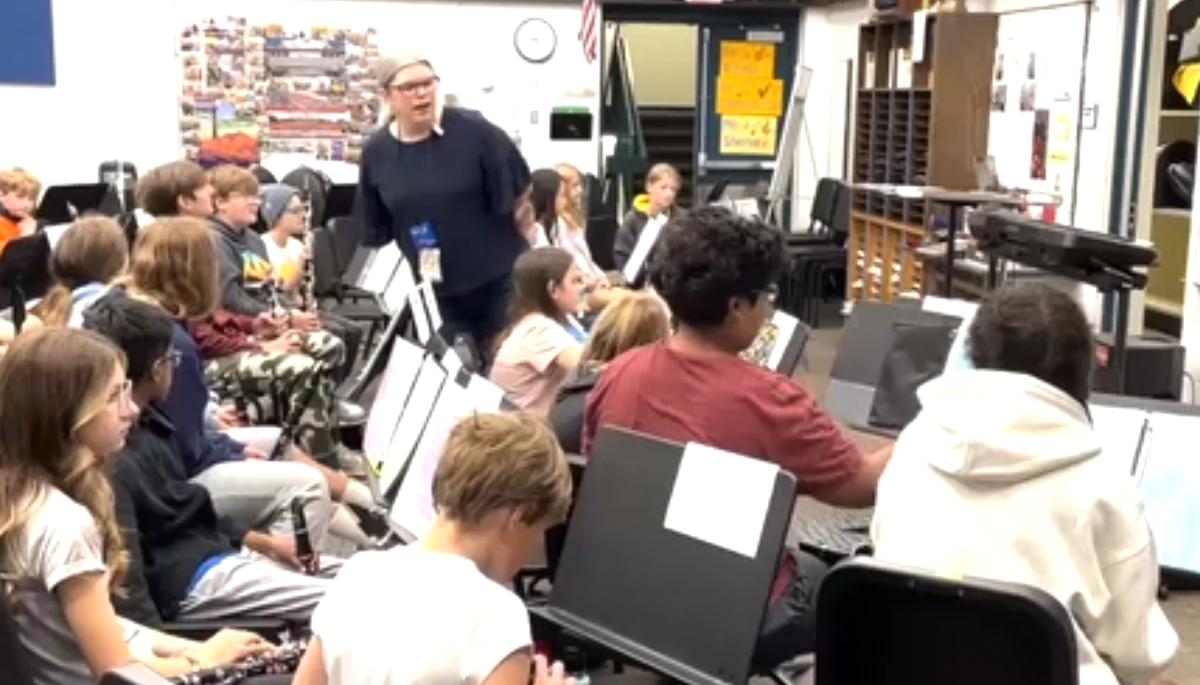
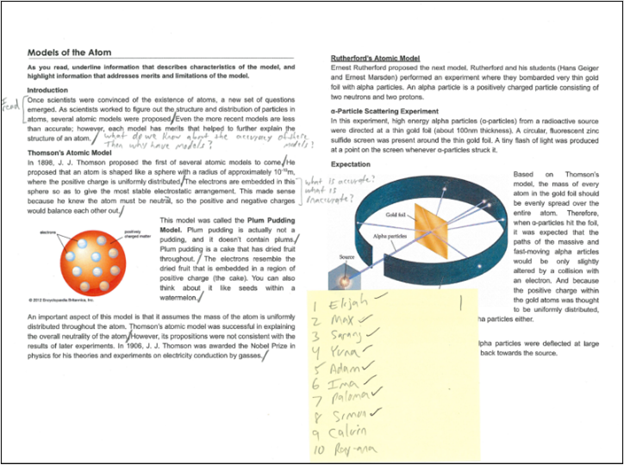
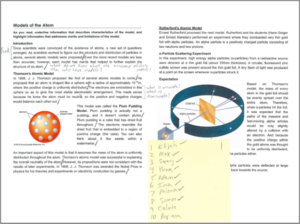


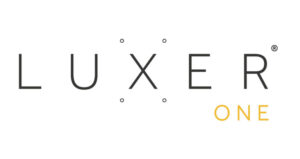
 Transact Campus
Transact Campus







